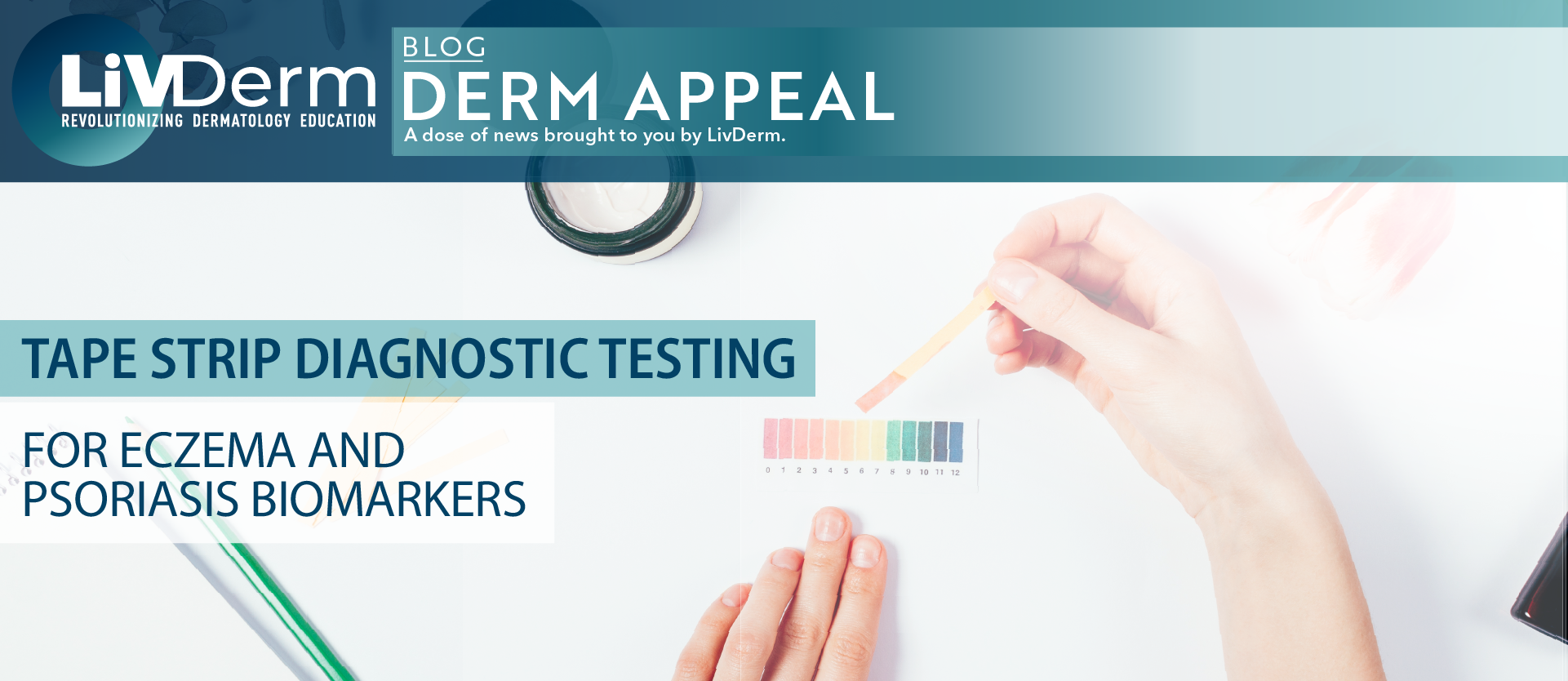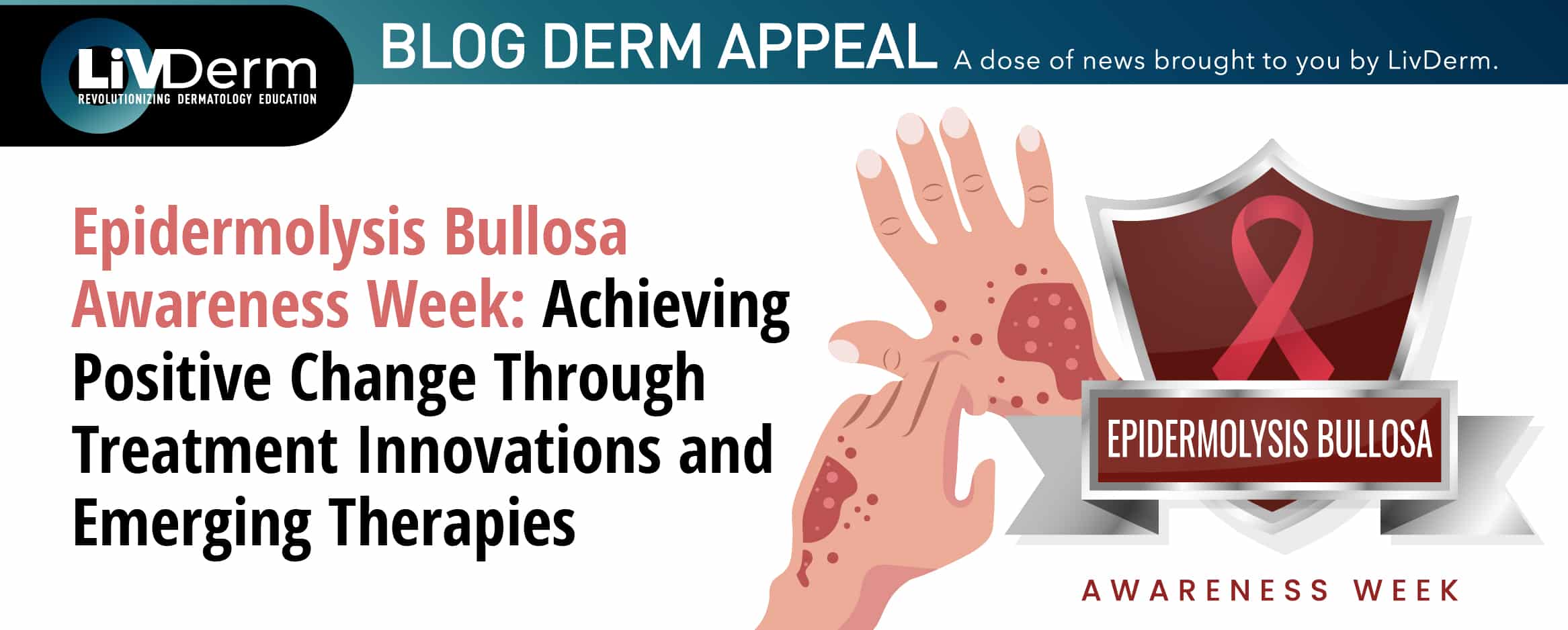The current understanding of atopic dermatitis pathophysiology is primarily derived from skin biopsy studies – a diagnostic technique that may cause scarring and is impractical in large-scale clinical studies.
Tape strips, on the other hand, promise a minimally invasive technique of accurately detecting distinct immune and barrier markers of atopic dermatitis and psoriasis. This method involves applying tape multiple times to the same area of skin in order to extract protein or RNA for biomarker testing. However, comprehensive molecular profiles characterizing and differentiating between AD and psoriasis in tape strips have yet to be identified.
Tape Strip Testing in AD, Psoriasis
In a recent study published in The Journal of Allergy and Clinical Immunology researchers aimed to construct a global transcriptome of tape strips from lesional and nonlesional skin samples of adults with moderate-to-severe eczema and psoriasis.
Led by Emma Guttman-Yassky, MD, PhD, incoming chair of dermatology at the Icahn School of Medicine at Mount Sinai and the Mount Sinai Health System, a team of researchers obtained a total of 20 tape strips from lesional and nonlesional skin of each of the patients with AD and psoriasis as well as from the skin of control subjects. Samples included skin from 20 adults with moderate-to-severe atopic dermatitis, 20 adults with moderate-to-severe psoriasis, and 20 healthy control participants. Strips subjected to RNA sequencing with quantitative RT-PCR validation of immune and barrier biomarkers.
100% Accuracy in Differentiation
Dr. Guttman-Yassky and her team reported that tape strip profiling was successful in detecting AD and psoriasis in patient skin samples. The RNA sequencing of tape strips showed that the non-invasive method was able to detect RNA-sequence profiles in 96 of 100 samples. Tape strips obtained from eczema patients presented 4,123 genes not found in healthy skin, while strips used on psoriatic skin expressed 5,390 genes not found in control participants.
Their findings also revealed that nonlesional tape-stripped skin from eczema patients was more similar to lesional skin than the nonlesional skin of patients with psoriasis, exhibiting larger differentiation from lesions in the two diseases. Both atopic dermatitis and psoriasis tissues had increased levels of dendritic cell and T-cell markers.
Finally, the research also revealed that a single gene biomarker – nitride oxide synthase 2 (NOS2) – was able to differentiate between atopic dermatitis and psoriasis with 100% accuracy. Atopic dermatitis patients exhibit zero NOS2 while psoriasis patients present very elevated levels of the biomarker.
Clinical Implications
The latest findings indicate that RNA-seq tape strip profiling may be able to detect distinct immune and barrier markers in lesional and nonlesional AD and psoriasis patients, providing an alternative to invasive biopsies for detecting disease. “My group has been involved in a lot of biomarker studies in both eczema and psoriasis. We really replicated what we found with biopsies using tape strips,” Dr. Guttman-Yassky told Dermatology Times in an interview. “Eczema is a Th2 (T-helper 2) driven disease and psoriasis, we know, is a TH 17-driven disease.”
Dr. Guttman-Yasky believes the most immediate use of tape strips will be for further research purposes, however, she forecasts this method will one day be available in the clinical setting. “Having a biomarker like this, you can identify the disease easily with a single tape strip,” she said. “I foresee that this will also help in diagnostics and in appropriate treatment for either psoriasis or eczema, because the treatments are so different.
While the team of Mount Sinai researchers plans to continue their investigation of the use of tape strips for dermatological skin sampling and disease diagnosis, the potential for clinical use of this technique appears to be in the near future.

















